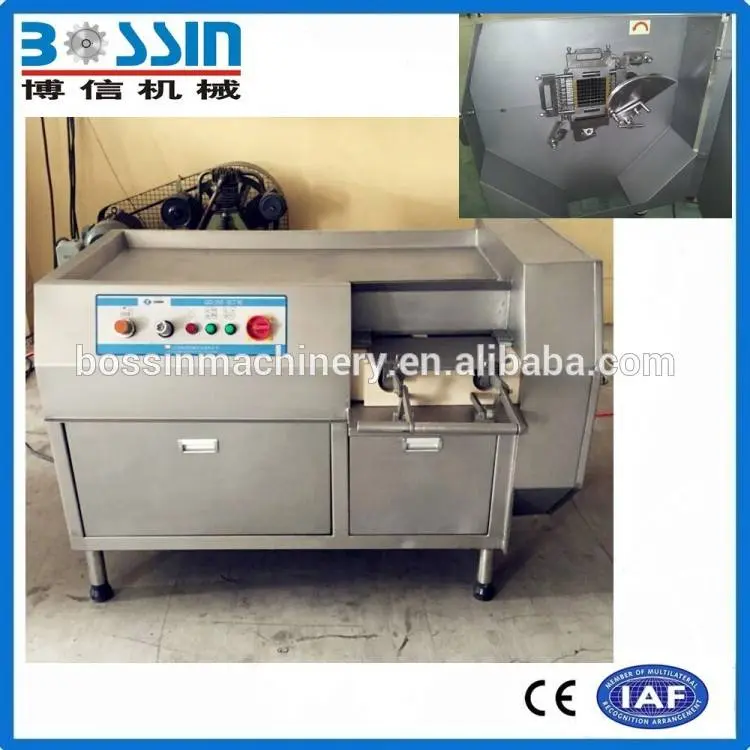Aug . 18, 2024 08:32 Back to list
Exploring the Art of Sausage Linking Techniques and Tips for Beginners
The Intricacies of Sausage Linking An Artisan's Craft
Sausage linking is an age-old culinary technique that transforms ground meat into delightful, savory links, popular across various cultures and cuisines. This process involves not only the physical act of stuffing meat into casings but also the artistry that comes with creating flavor, texture, and presentation. In this article, we’ll delve into the history of sausage linking, the various techniques involved, and the contemporary revival of this time-honored craft.
A Historical Perspective
The history of sausage-making can be traced back over 4,000 years. Ancient civilizations, from the Greeks to the Romans, recognized the benefits of encasing chopped and ground meats into tubes. This preservation method allowed them to extend the shelf life of meat, preventing spoilage in times before refrigeration. Sausages have since evolved into regional specialties, with ingredients and flavors influenced by local traditions and available resources.
In many cultures, linking sausages is not just a means of preservation; it is also a communal activity
. Families would gather to prepare sausages during harvest time, creating bonds while sharing recipes passed down through generations. The experiences of sausage linking have been central to many culinary traditions, fostering a sense of community and identity.The Sausage Linking Process
Sausage linking begins with the selection of high-quality meats. Traditional recipes often call for a mix of pork, beef, or game, spiced and blended with various seasonings, herbs, and ingredients like garlic, pepper, or wine. The right combination not only enhances flavor but also helps achieve the desired texture.
sausage linking

Once prepared, the mixture is stuffed into casings—usually made from animal intestines, although synthetic casings are also common. The process requires skill and precision, ensuring that the casings are filled evenly without air pockets, which can lead to spoilage or an uneven cook.
After stuffing, the sausages are twisted to form links, typically about six inches long. This linking technique involves pinching the sausage and twisting it to separate each link while maintaining the integrity of the casing. Some artisans add an extra touch by creating intricate designs with the links, enhancing the visual appeal of their products.
Contemporary Revival and Artisan Sausages
In recent years, the craft of sausage linking has enjoyed a renaissance, largely fueled by the farm-to-table and artisanal food movements. Many chefs and home cooks are rediscovering the joys of making their own sausages, seeking to connect with their local food sources and create unique flavors. Local flavors, heritage ingredients, and innovative recipes characterize this modern approach to sausage linking.
Artisan butcher shops and small-scale producers have emerged, focusing on sustainable practices and humane animal sourcing. These producers often hold workshops, teaching the art of sausage-making to the curious public. Participants learn not only the technical skills required for linking sausages but also the cultural significance behind the craft.
Conclusion
Sausage linking stands as a testament to humanity's ingenuity in food preservation and artistry. With roots that span thousands of years, this culinary tradition continues to evolve, intertwining historical practices with contemporary innovations. As we embrace this craft, we not only celebrate the delicious flavors of homemade sausages but also honor the cultural heritage and communal bonds that this process has fostered throughout history. Whether enjoyed at a family barbecue or a gourmet restaurant, nothing compares to the satisfaction of a well-crafted sausage link—a true reflection of culinary skill and tradition.
Latest news
-
Pneumatic Clipping Machine - Shijiazhuang Bossin Machinery | Sausage Production Line, Small Meat Shop
NewsAug.29,2025
-
Pneumatic Clipping Machine - Shijiazhuang Bossin Machinery Equipment Co., Ltd. | Efficient Sausage Production & Precision Clipping
NewsAug.29,2025
-
High-Performance Bearings for Industrial & Precision Applications
NewsAug.27,2025
-
High-Performance Vanes for Pumps & Compressors | Durable & Efficient
NewsAug.26,2025
-
JC999-03 Sausage Link Cutter: High-Speed Precision Slicing
NewsAug.21,2025
-
Sausage Link Cutter JC999-03: Precise, Efficient Production
NewsAug.19,2025
